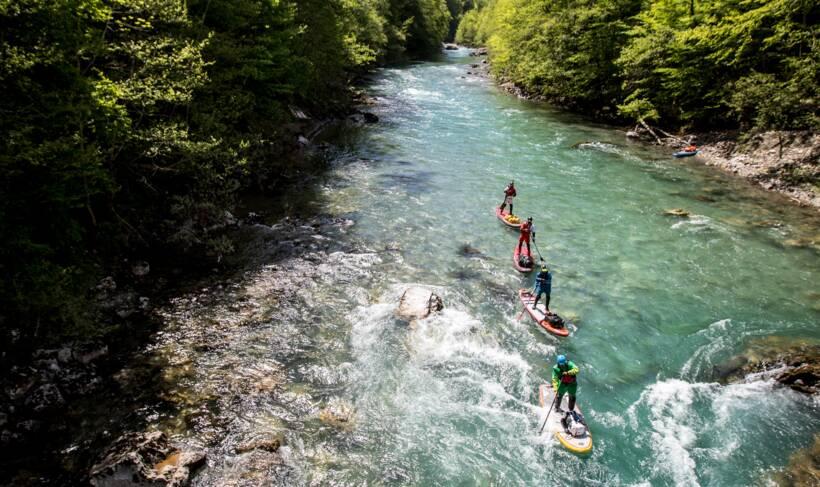The turquoise of the water cuts through the green of the mountain and the grey of the rock. Seen from above, when the gorge reaches its maximum depth of 1,300 metres, with a good pair of binoculars, you could make out a few red, blue and yellow spots. SUPs(stand-up paddles) lost in the depths of the Tara River and its crystal clear waters. There are five of them who have ventured down here. Three Germans: Valentin Illichmann, 22 years old, a young prodigy of board sports (windsurfing, SUP, kite and surfing); and the twins Mario and Manuel Stecher, 36 years old, stakhanos of the water. Two Frenchmen: Stéphane Pion, a 42-year-old kayaker who came to try SUP and film the adventure, and Nicolas Fayol, 36, ex-member of the French freestyle kayak team and SUP pro, the fifth and last member of the Tara team, but the first to have discovered this spot, classified as a Unesco biosphere reserve. A rare pearl in a Europe that disfigures some of its rivers with dams...
The Tara winds its way through the heart of Durmitor National Park, a jewel of nature with 48 peaks over 2,000 metres high, 13 glacial cirques, 18 lakes and the deepest canyon in Europe. It is May, a time when white water activities are usually at their peak in France. But, here, the river may be nestled only 80 kilometres from Podgorica, the capital of Montenegro, a stone's throw from Croatia, but the group has not met anyone in five days and 150 kilometres of descent.
150 kilometres of descent in virgin nature
The first objective of the Tara mission is thus fulfilled: to feel like a pioneer in a wild place, an untouched nature with the air of the New World. This experience is a first for everyone. Including for Stéphane Pion, the least experienced SUPer of the group. Surprised to pass the rapids without falling, in a not very aesthetic style, but often effective, saved by his perfect reading of the river and its traps. Going on this kind of trip in autonomy requires good logistics and an excellent balance," he says. The daily sections of the river ending in a bivouac, so each person had to carry their own equipment for six to eight hours a day, protected in waterproof bags attached to the front of the board. In total: 25 kilos per person, including stoves, duvets, a change of clothes, food rations... With the obligation, in the rapids, to stand on the back so as not to get burnt by the front...
The Devil's Gorge, reserved for the elite
In this month of May, the water is at 12°C, the air at 20°C, and the sportsmen pray that the mercury does not rise, at the risk of turning the dry suits into a sauna. The beginning of the river, taken at the level of the town of Kolašin, is punctuated by some class I and II rapids, even III (from very easy to quite difficult). No major worries for the paddlers, who enjoy the beauty of the landscape, the mossy limestone and the gravel bed on which the river flows. However, from the very first kilometres, they enter into the unknown. "Even the local guides only know the final section. We only knew that French kayakers had crossed it for the first time in 1957...", says Stéphane.
The pace was quite fast and they arrived at the entrance to Devil's Gorge in the middle of the afternoon on the second day. The tone changes at this point: to enter is to cross the point of no return. There is no escape in this devilishly tumultuous, 5-kilometre long, class V area, the extreme one reserved for the elite. "At that moment, we had to stop and think because, in case of trouble, help was several hours away by car. We decided to bivouac at the entrance of the canyon to check, the next day, if it was practicable.
On the morning of the third day, Nicolas and Mario set off cautiously, on their paddle, into the infernal current. Then, abandoning their boat, they set off on foot to analyse the first rapids until the shoreline also became impassable. "When they came back, it was to announce that the volume of water made it impossible to go down in a SUP," explains Stéphane. As it was also dangerous to go around the biggest rapids by the bank, the group decided to use their joker: Miro, a local rafting guide, who took everyone down 7 kilometres. "He told us we were right not to insist. The week before, some Russians had got into serious trouble trying the devil in a cataraft [inflatable rafting catamaran]."
No GPS fix
The 37 kilometres covered that day, interspersed with destabilising rapids, are only interrupted by the presence of a guard. He asks for an entrance fee to enter the Durmitor National Park (80 euros per person). In this section, the narrowest of the gorge, there are no GPS markers! The Tara expedition just knows that the bivouac is organised not far from Splavište. "I slept like a baby, but according to my comrades, it was the least comfortable night of all because of the spiders and a snake hidden under a floor mat...", recalls Stéphane.
The next day, day four, opens up onto lush riverbanks and reveals a multitude of small tributaries - some of which flow into the Tara as rivers and waterfalls - and springs gushing not far above the water. It is a fairy tale, as if the water becomes purer with each stroke of the paddle. As the clock ticks and the search for the night camp nags at the rowers, a rafting base appears. Its owner informs the group that Camp Grab, the end point of their journey which they will complete the next day, is only a few kilometres downstream. Beyond that, the Tara River winds its way through Bosnian territory. Alone in its wild bed and its majestic setting, quiet again...
Our advice before leaving on a stand-up paddle
1. Embark on the adventure with an experienced white water team.
2. Know the course and its difficulties.
3. Find out about the weather conditions.
4. Agree on the modes of communication (gestures and types of information) to use on the water.
5. Have appropriate personal equipment: dry suit, shoes, waistcoat, helmet, paddle and spare fins.
6. Provide collective equipment: tents, waterproof bags, water treatment, mooring, GPS, radio, batteries, etc.
7. Analyze the rapids and use the portage of the boards in the delicate passages.
8. Manage your effort, because the days can be long (up to 8 hours on the board).
9. Do not ride without closing your wetsuit, even on flat water, if there are no eddies.
10. Have one, or even two, binders, for the language and the knowledge of the river.
It's up to you
To visit the Tara Canyon, located in the Durmitor National Park, there is one solution: go down the river by kayak, rafting or paddle, as our adventurers did. The best place to embark is Camp Grab, near Šcepan Polje, 80 km from Podgorica, the Montenegrin capital. It is possible to make excursions of a few hours or several days. The cost of a 2-day rafting trip with a bivouac is €200
Related articles
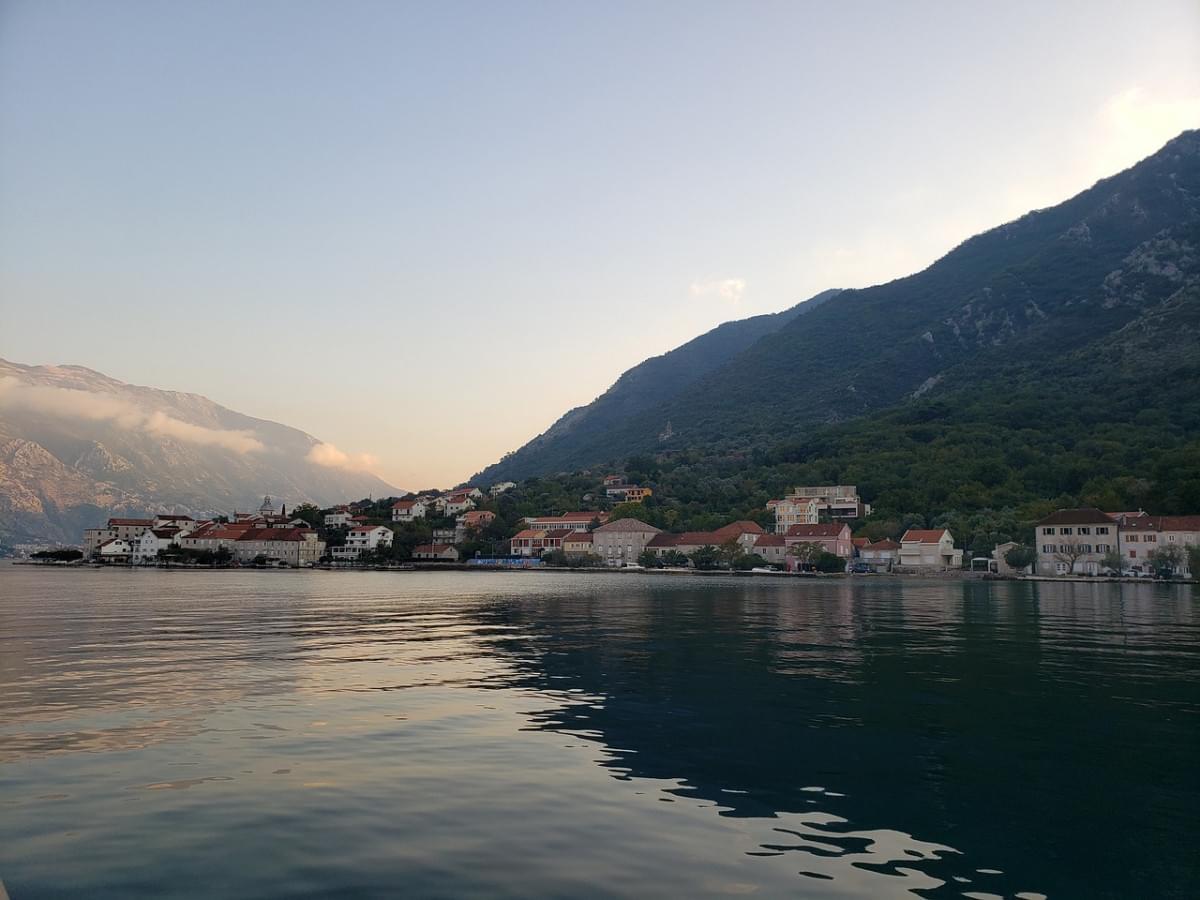
Kotor, Montenegro: what to see, where to eat and what to do in the evening
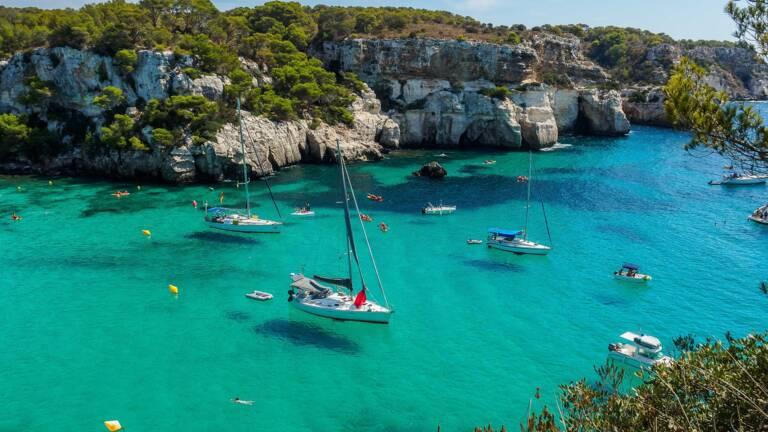
What are the most beautiful places in Montenegro?
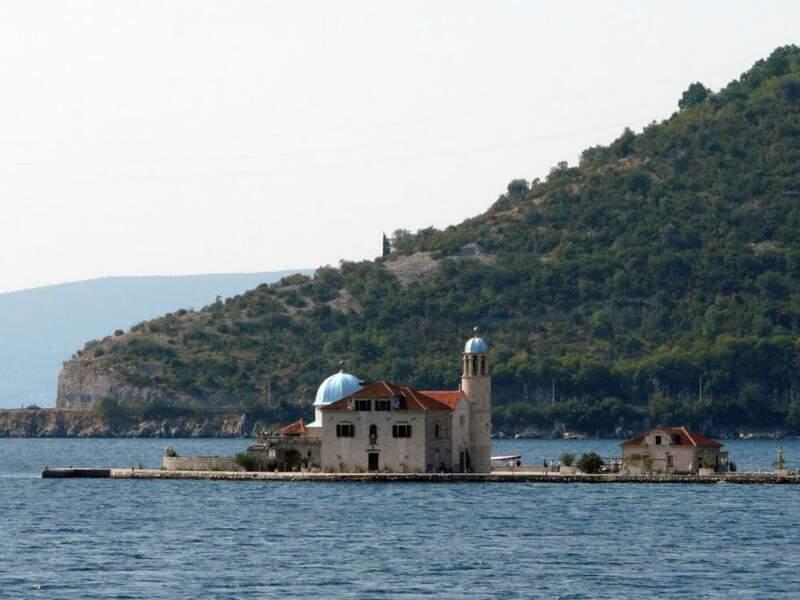
Discovering the Bay of Kotor, Montenegro
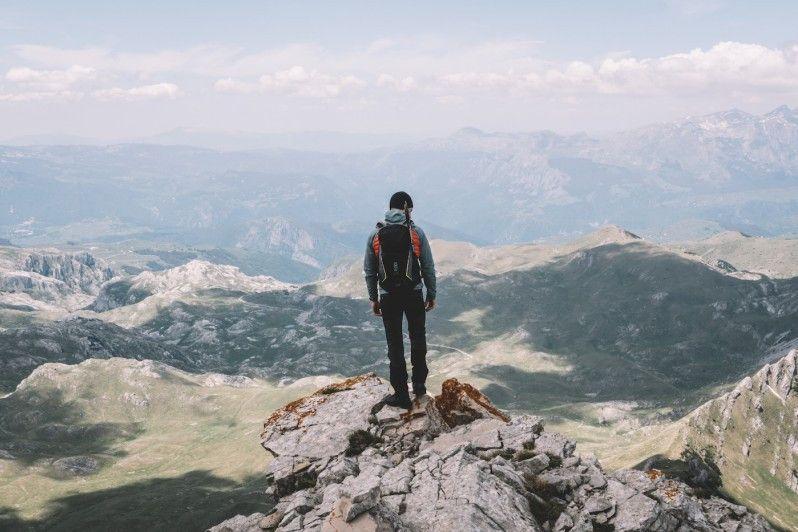
Montenegro less beaten
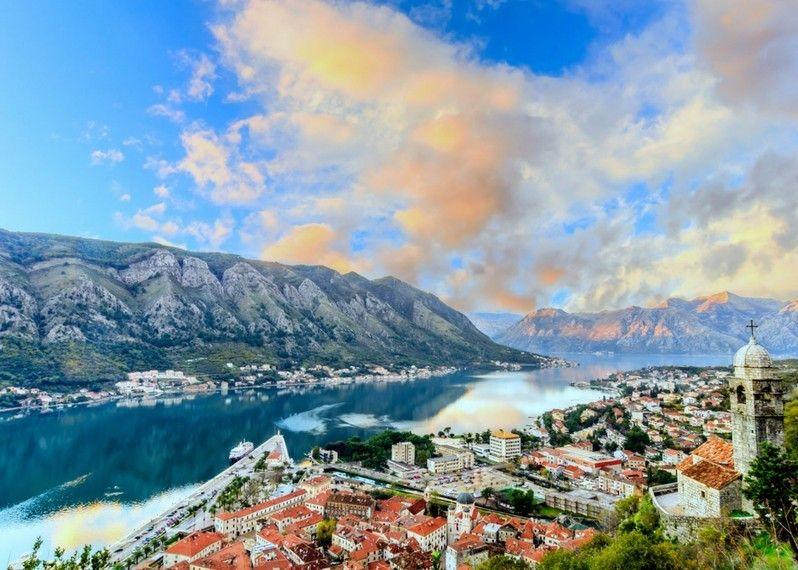
Adventure in Montenegro: the Bay of Kotor
Best time to visit Montenegro 2024 - Weather & 34 things to do
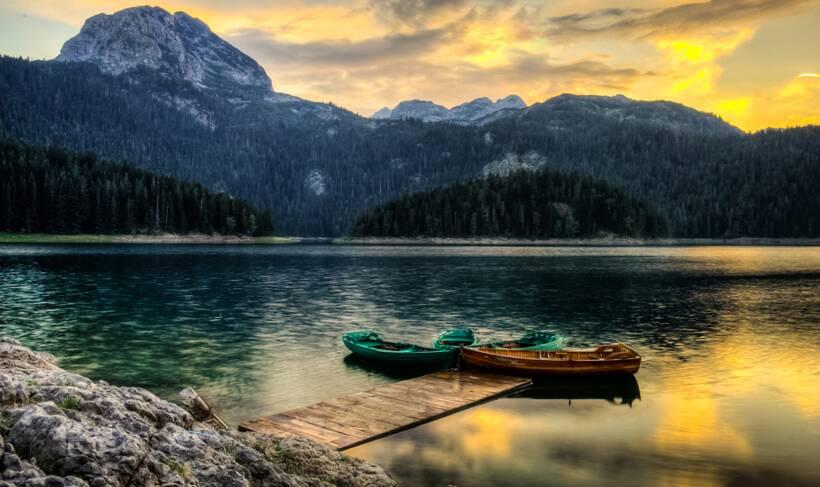
Hiking, sightseeing, cruises... Five experiences to enjoy in Montenegro
